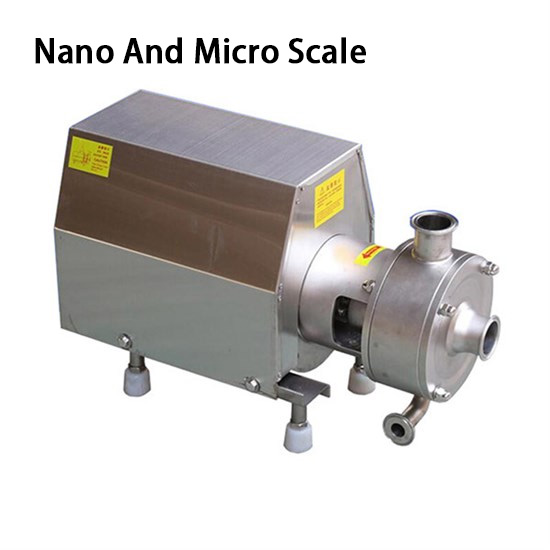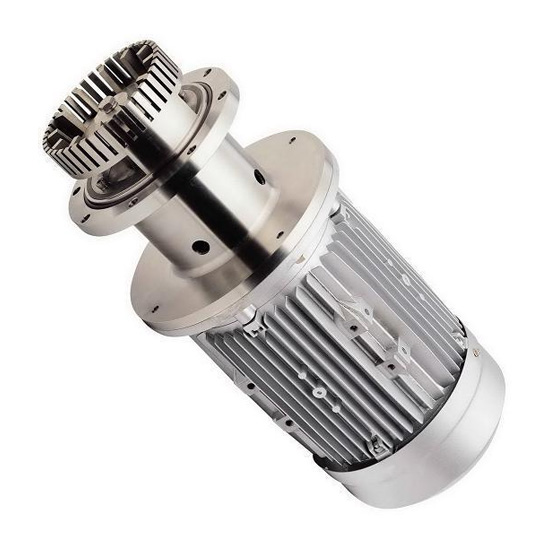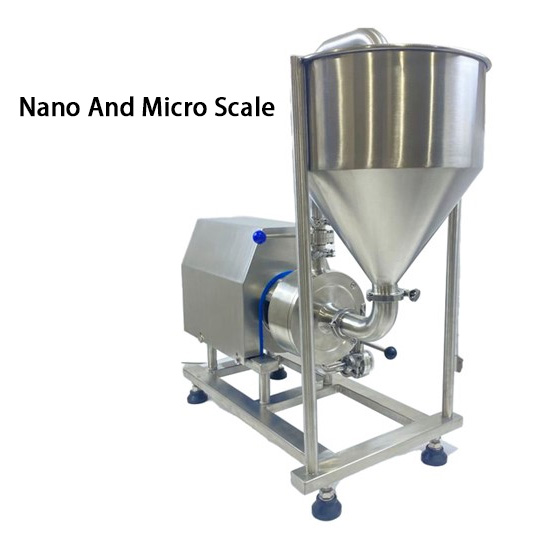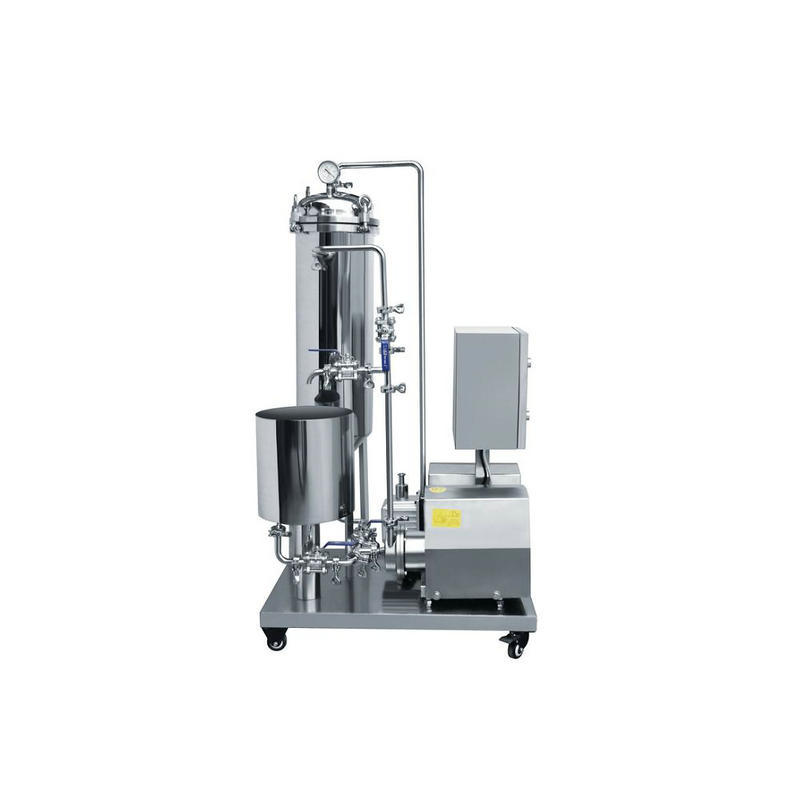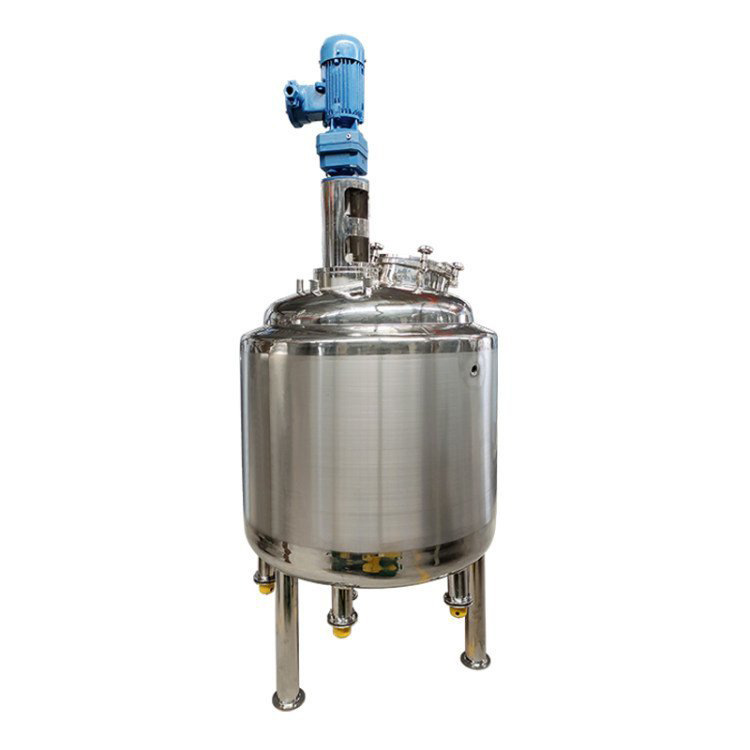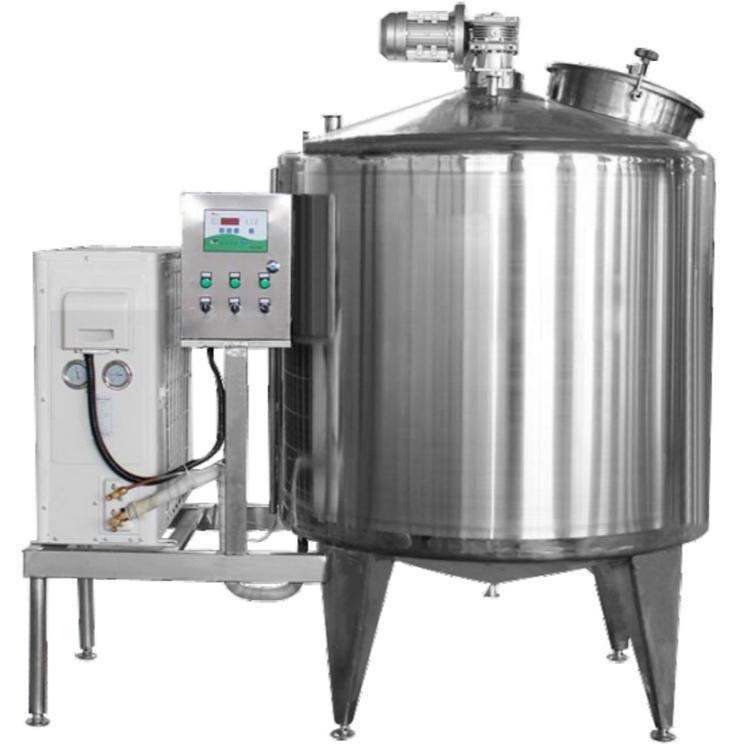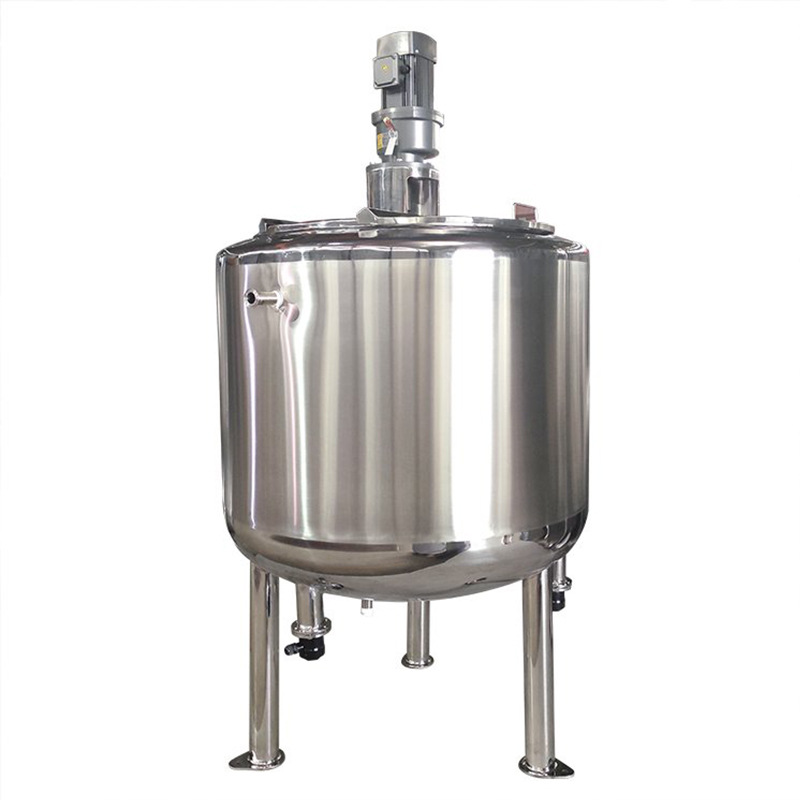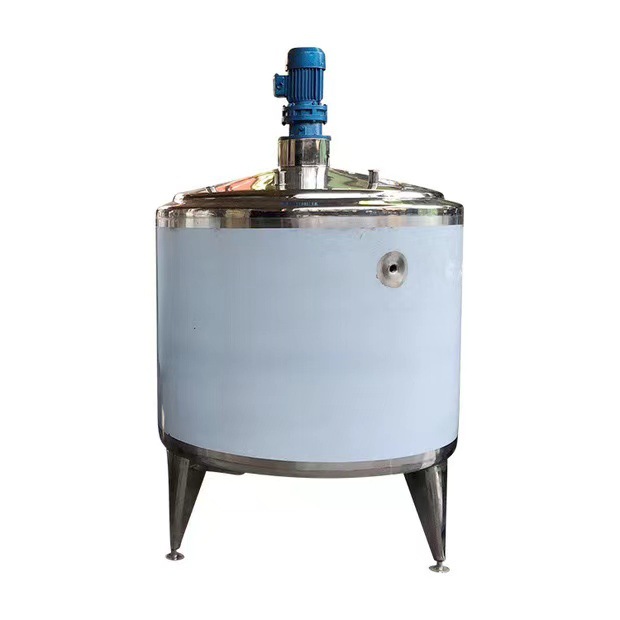What Is The Emulsifier Used To Prepare Microspheres?
In the process of microsphere preparation, Emulsification Pump plays a vital role. Microspheres, as tiny spherical particles, are widely used in medicine, cosmetics, coatings, inks and other fields.
Its preparation process requires precision and controllability. Therefore, choosing a suitable emulsifier is the key to ensuring the quality and production efficiency of microspheres.
1. The importance of emulsifiers in microsphere preparation
The emulsifier mainly mixes two or more immiscible liquids together through the shear force of high-speed rotation to form a uniform and stable emulsion. In the preparation of microspheres, the role of the emulsifier is mainly reflected in the following aspects:
1. Refine the dispersed phase: The emulsifier can refine the dispersed phase to the micron or even nanometer level to form uniform and fine dispersed particles, laying the foundation for subsequent steps.
2. Improve stability: Through the strong shearing and stirring action of the emulsifier, a more stable emulsion can be formed to prevent the dispersed phase from agglomerating or precipitating during the preparation process.
3. Control the size of microspheres: The speed, shear force and other parameters of the emulsifier can affect the dispersion degree of the emulsion and the size distribution of the microspheres, thereby achieving precise control of the size of the microspheres.
2. Key factors in selecting an emulsifier
When selecting an emulsifier suitable for microsphere preparation, the following key factors need to be considered:
1. Shear force and stirring force: The shear force and stirring force of the emulsifier are important factors affecting the dispersion degree of the emulsion and the size distribution of the microspheres.
Therefore, when selecting an emulsifier, it is necessary to select the appropriate speed and shear force according to the preparation process and microsphere size requirements.
2. Emulsification tank capacity: The capacity of the emulsification tank should be determined according to the production scale and product requirements.
An emulsification tank that is too large may cause uneven stirring and affect the quality of the microspheres;
An emulsification tank that is too small may not meet production needs.
3. Material and cleanliness: The material of the emulsifier should have good corrosion resistance and wear resistance to ensure that the equipment can maintain stable performance during long-term use.
In addition, the cleanliness of the emulsifier is also very important, and it needs to be cleaned and disinfected regularly to avoid contaminating the product.
4. Operability and maintainability: The emulsifier should have good operability and maintainability, which is convenient for operators to operate and maintain.
At the same time, the equipment should be equipped with complete safety protection devices to ensure the safety of operators.
3. Types and characteristics of emulsifiers
The common types of emulsifiers on the market currently include homogenizers, colloid mills, high-speed dispersers, etc. These emulsifiers have their own characteristics and are suitable for different microsphere preparation processes and needs.
1. Homogenizer: The homogenizer has high shear force and stirring force, and can prepare emulsions with high dispersion and good stability.
At the same time, the homogenizer also has the advantages of simple operation and convenient maintenance.
However, the energy consumption of the homogenizer is large, and the skill requirements for the operator are also high.
2. Colloid mill: The colloid mill refines the dispersed phase through the shear force between the high-speed rotating grinding disc and the stator.
Colloid mill has the advantages of good grinding effect and low energy consumption, and is suitable for preparing emulsions with high viscosity and high solid content.
However, the cleaning and maintenance of colloid mill is difficult, and wearing parts such as grinding discs need to be replaced regularly.
3. High-speed disperser: High-speed disperser refines the dispersed phase and disperses it in the continuous phase through a high-speed rotating stirring paddle.
High-speed disperser has the advantages of simple operation and wide application range, and is suitable for preparing various types of emulsions.
However, the shear force of high-speed disperser is relatively weak, and there may be certain limitations for preparing emulsions with high dispersion and high stability.
IV. Application example of emulsifier in microsphere preparation
The following is an application example of emulsifier in microsphere preparation:
A pharmaceutical company needs to prepare a microsphere for drug carrier. The microsphere is required to have a small size (100-200nm) and high stability.
After comprehensive consideration, the company chose a homogenizer as the emulsification equipment.
During the preparation process, the company first dissolved the drug and carrier material in appropriate solvents, then mixed the two solutions and added them to the emulsification tank.
By adjusting the parameters such as the speed and shear force of the homogenizer, the company successfully prepared an emulsion with high dispersion and good stability.
Subsequently, after further steps such as curing and drying, the microsphere product that met the requirements was finally obtained.
From this example, it can be seen that choosing a suitable emulsifier is of great significance for the preparation of high-quality and high-efficiency microsphere products.
In practical applications, it is necessary to select the appropriate emulsifier type and parameter settings according to the specific preparation process and product requirements.
